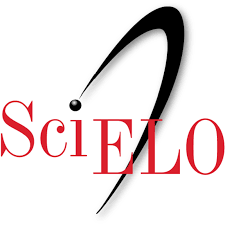Effect of oral health education model on tooth brushing behavior and oral hygiene among children with intellectual disabilities
DOI:
https://doi.org/10.4322/bds.2025.e4653Abstract
Objective: The aim of this study was to evaluate the effectiveness of an oral health education model in improving tooth brushing behavior and oral hygiene among children with intellectual disabilities. Material and Methods: This study used a quasi-experimental design with a pretest-posttest control group. The intervention involves implementing the “Tell-Show-Feel-Do” educational model for the intervention group, while the control group receives standard oral health education. Data collection is conducted at baseline and after the intervention period 21 day. The Tell-Show-Feel-Do (TSFD) educational model was implemented in three sessions, with a 4-day gap between each session, and each session lasting 120 minutes. Participants were selected using simple random sampling, focusing on children with intellectual disabilities attending a Special School for Children with Disabilities. A total of 52 children were recruited, divided equally into two groups: 26 in the intervention group and 26 in the control group, taken from September 02 to October 11, 2024. Results: The analysis seen significant differences in the changes in tooth brushing behavior and oral hygiene between the intervention and control groups, as determined by an independent sample t-test (p<0.001). This suggests that the intervention was effective in improving oral hygiene outcomes compared to the control group, where no notable improvement was observed. Conclusion: This study confirms that structured oral health education improves tooth brushing and hygiene in children with intellectual disabilities. Implementing such programs in special education settings, school curricula, and community initiatives can enhance long-term oral health outcomes and overall well-being.
KEYWORDS
Child; Health education, dental; Intellectual disability; Oral hygiene; Toothbrushing.
Downloads
Published
How to Cite
Issue
Section
License
Copyright (c) 2025 Brazilian Dental Science

This work is licensed under a Creative Commons Attribution 4.0 International License.
Brazilian Dental Science uses the Creative Commons (CC-BY 4.0) license, thus preserving the integrity of articles in an open access environment. The journal allows the author to retain publishing rights without restrictions.
=================




























